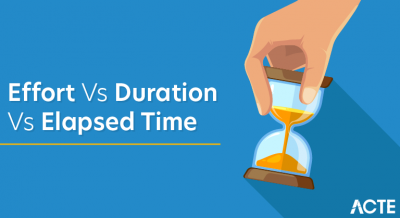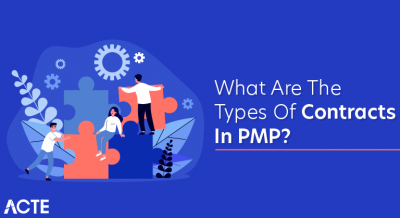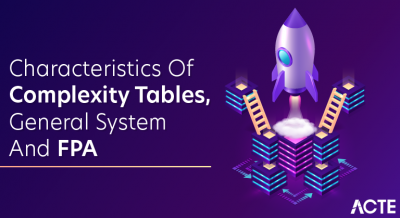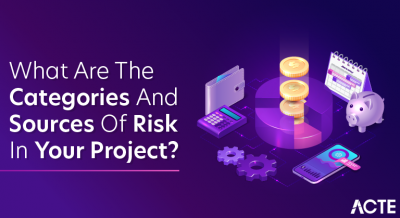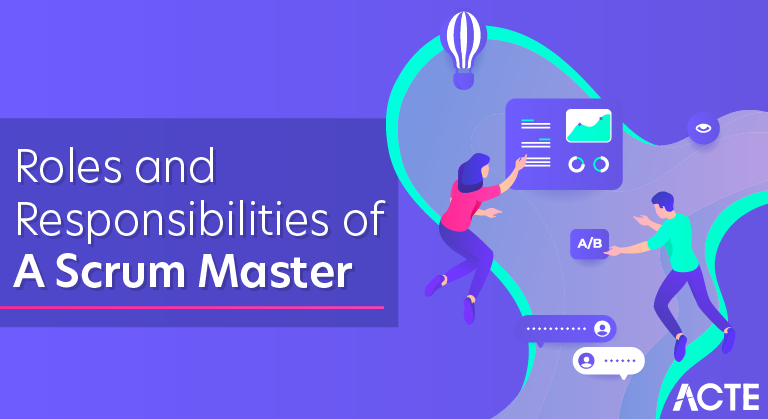
- A Scrum Master collaborates with all the members of the team, and for each specific role, he has a different set of responsibilities.
- The Scrum Master role provides various services to the following people in the team-
The Scrum Master both guides and serves the Product Owner in more ways than one including:
- Formulating techniques for effective Product Backlog Management
- He makes sure that goals, scope and product domain etc. are understood by every member in the Scrum Team properly
- He helps the team understand the need for clear and concise product backlog items.
- Scrum Master imparts the understanding of product planning in an empirical environment.
- Ensures whether product owner is clear with how to arrange the product backlog to yield maximized value.
- Understanding and practicing agility
- Facilitating scrum events as requested or needed.
- Scrum Master removes project impediments that boost team productivity and performance
- Helps the development team to create high-value products
- Facilitates Scrum events as requested or needed
- Coaches the Development Team in organizational environments in which Scrum is not yet fully adopted and understood
- Scrum Master helps employees and stakeholders understand and implement Scrum practices.
- Acts as a change agent that increases the productivity of the team.
- Leading and coaching the organization in successful Scrum adoption
- He also takes part in planning scrum implementations within the organization.
- Works with other scrum masters to increase the effectiveness of the application of scrum in the organization.
Scrum Master also performs various principal responsibilities and acts as the:
1. Coach- Scrum Master is the coach for both – the development team and the product owner. He can remove barriers between the roles and enable the product owner to directly drive development.
- The Scrum Master focuses on the team and finds a way to help the team to take it to the next level and improve performance.
- A Scrum Master makes sure when problems arise the team should be equipped enough to solve it on their own.
- Like any good coach, the Scrum Master does not solve the problems faced by the team, rather, he helps them solve the problem. Only in the extreme cases when the team is unable to resolve the problem, the Scrum Master takes full accountability and ownership of the problem and gets it resolved.
- Often, Scrum Master is called a servant leader. Even if he is a team coach, he is a servant to the Scrum team. A servant leader is the one who asks,
- “what can I do today to help you and the team be more effective?”
- rather than asking “what are you going to for me today?”. His objective is to enhance and increase teamwork and personal involvement.
- He is not a master of the team, but a master at encouraging, enabling and energizing people and realize their potential. A servant leader should have the following qualities:
- Listening skills
- Empathy
- Cultivating a culture of trust
- Acting with humility
- Encouraging others
As a servant leader, the Scrum Master’s duties include:
- Leading the team through healthy conflict and debate on ideas
- Teaching, mentoring and coaching the organization and team in adopting and using Scrum.
- Helping the team make visible, remove and prevent impediments.
- Empowering and guiding the development team on self-management.
- The Scrum Master has the authority to ensure whether the team enacts and adheres to the scrum values, principles, and practices alongside the specific approaches of the Scrum team.
- The Scrum Master helps the scrum team to improve the process and helps in maximizing the delivered business value. The authority of a Scrum Master is not exactly the same as that of a functional manager or a project manager. Scrum Master does not have the right to hire and fire and cannot ask the team about the completion of the task.
- He also does not hold the responsibility of making sure the work gets done. Instead, then the Scrum Master helps the team define and adhere to its own process for making sure the works get done.
- The Scrum Master holds responsibility for removing impediments, mainly the project blockades that impede progress. This is important especially when the team members cannot reasonably remove those impediments. This results in increased productivity.
- The Scrum Master acts as a protector. He helps the team by protecting it from outside interference that results in delivering the business value every sprint.
- Interference can come from many sources, it can be from managers who want to redirect team members in the middle of a sprint. No matter what the source of the interference, the scrum master acts as an interceptor.
To become a Scrum master, you need to go for a Certified Scrum Master (CSM) course. A CSM course will allow you to engage with other Scrum experts. The prerequisite to becoming a CSM are:
- Familiarize yourself with the Scrum process.
- Attend a CSM course which is taught by a Certified Scrum Trainer.
- To pass the CSM exam, you will have to answer at least 24 of 35 questions.
- ReQtest is a tool build to support Scrum Masters in effectively undertaking their responsibility throughout the Scrum process. A Scrum Master can collaborate with the Product Owner in formulating the product backlog through ReQtest’s requirement module.
- The Agile Board in ReQtest helps in planning and tracking deliverable during the sprint. The Scrum Master can create a new board for every sprint and assign the tasks to the Scrum Team. It also helps in tracking the deliverables.
- The Bugs module in ReQtest helps to keep track of all the bugs that are derailing project progress. Scrum Masters also get graphical reports in ReQtest to keep track of the effectiveness of the development.
- To know more about how ReQtest can be the go-to-tool for Scrum Masters, signup for a free trial.
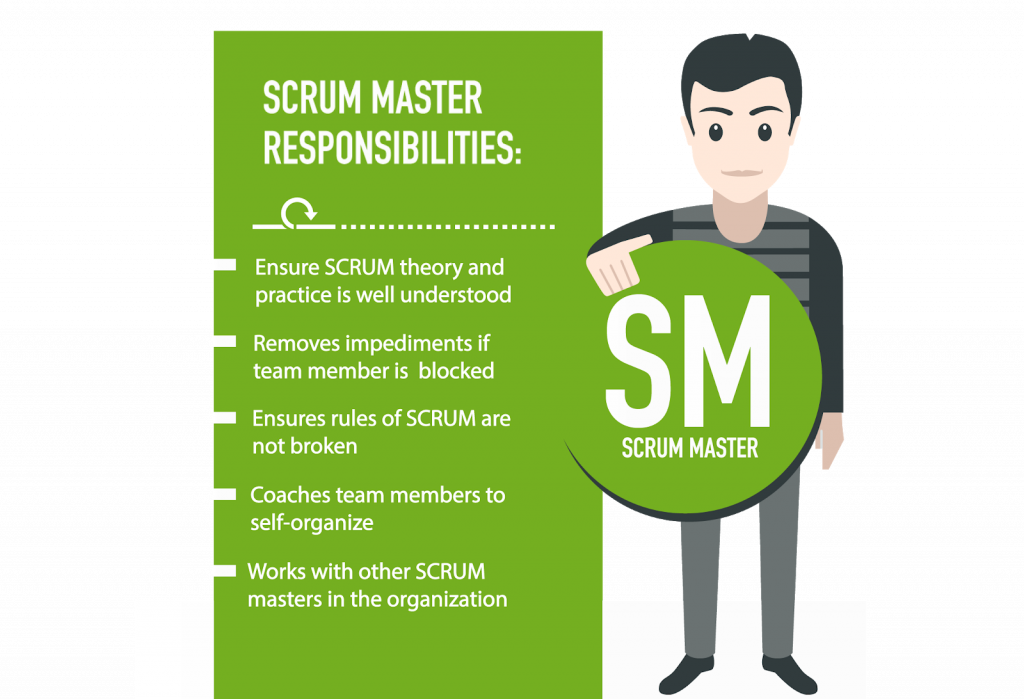
- Let’s have a closer look at the role played by a Scrum Master in agile development.
- The Scrum process begins with setting product goals. Scrum Master collaborates with Product Owner to understand the vision for the software being built and the goals to be achieved.
- The Scrum Master formulates “User Stories” with the help of Product Owner. User Stories explains what the user wants and why they want it. Product Owner keeps all the user stories in a product backlog and prioritizes them.
- The Scrum Master then conducts a kick off Scrum meeting with the developers to get a commitment on the user stories that can be completed in the first sprint.
- As the sprint starts, the Scrum Master conducts daily Stand up meetings with the development team to identify any challenges or issues that can delay work or result in a change of plans.
- Scrum Master’s role during the sprint is to maximize productivity and handle any blocking issues which require inputs from Product Owner.
- The Scrum Master also prepares the product backlog for the next sprint.
- The whole Scrum Team meets at the end of the sprint to discuss the product backlog for the next sprint. This also includes proposing ideas that could improve efficiency in the next sprint.
- A sprint is concluded by holding a demo of the software to the stakeholders. The Scrum Master collects feedback from the stakeholders to include it in the product backlog. An internal review meeting is also held with the development team to get their feedback on how to improve the development team.
- As the shippable software is delivered sprint after sprint, the Scrum Master focuses on strategic aspects. This includes planning for the product backlog and developing a product road-map with the Product Owner.

